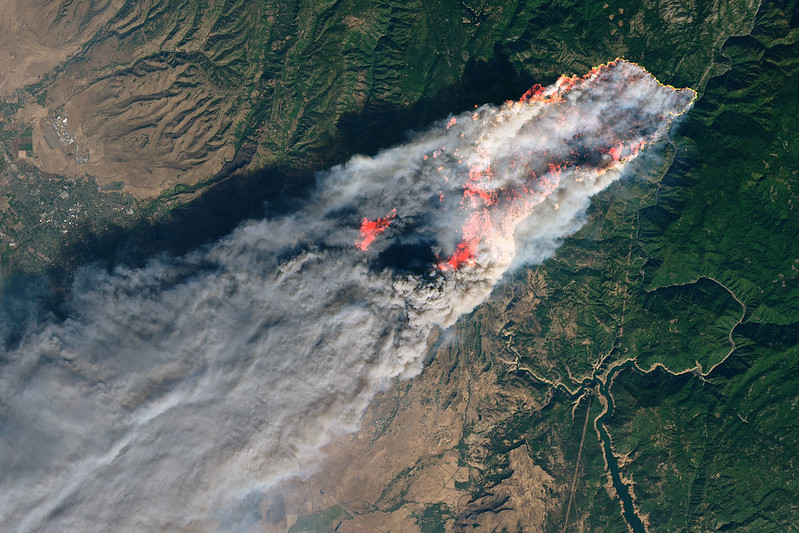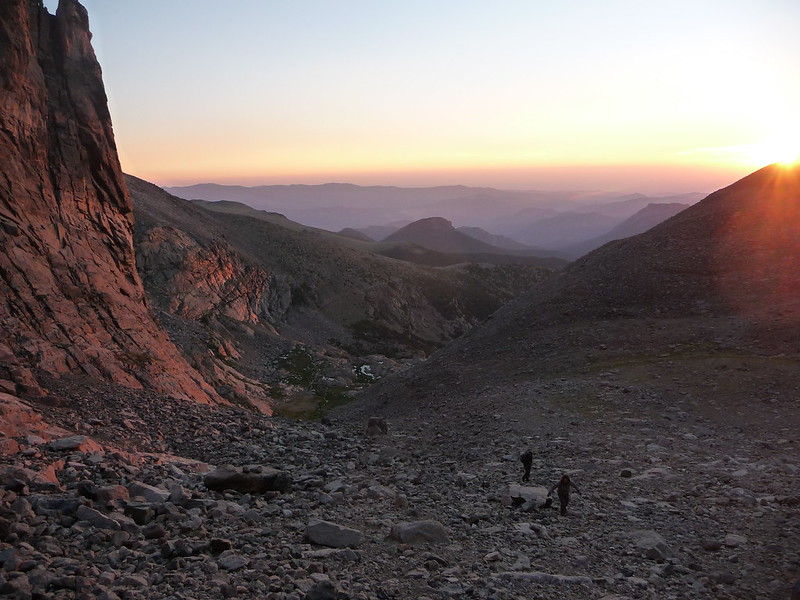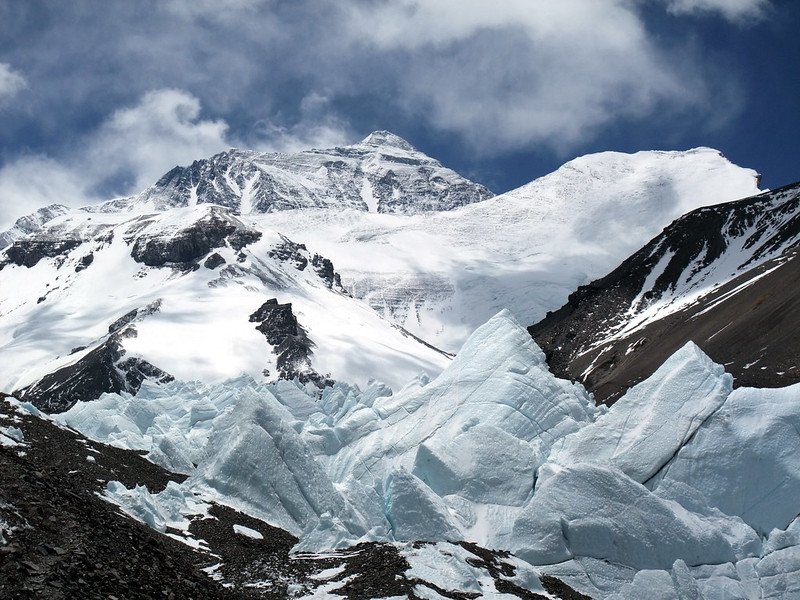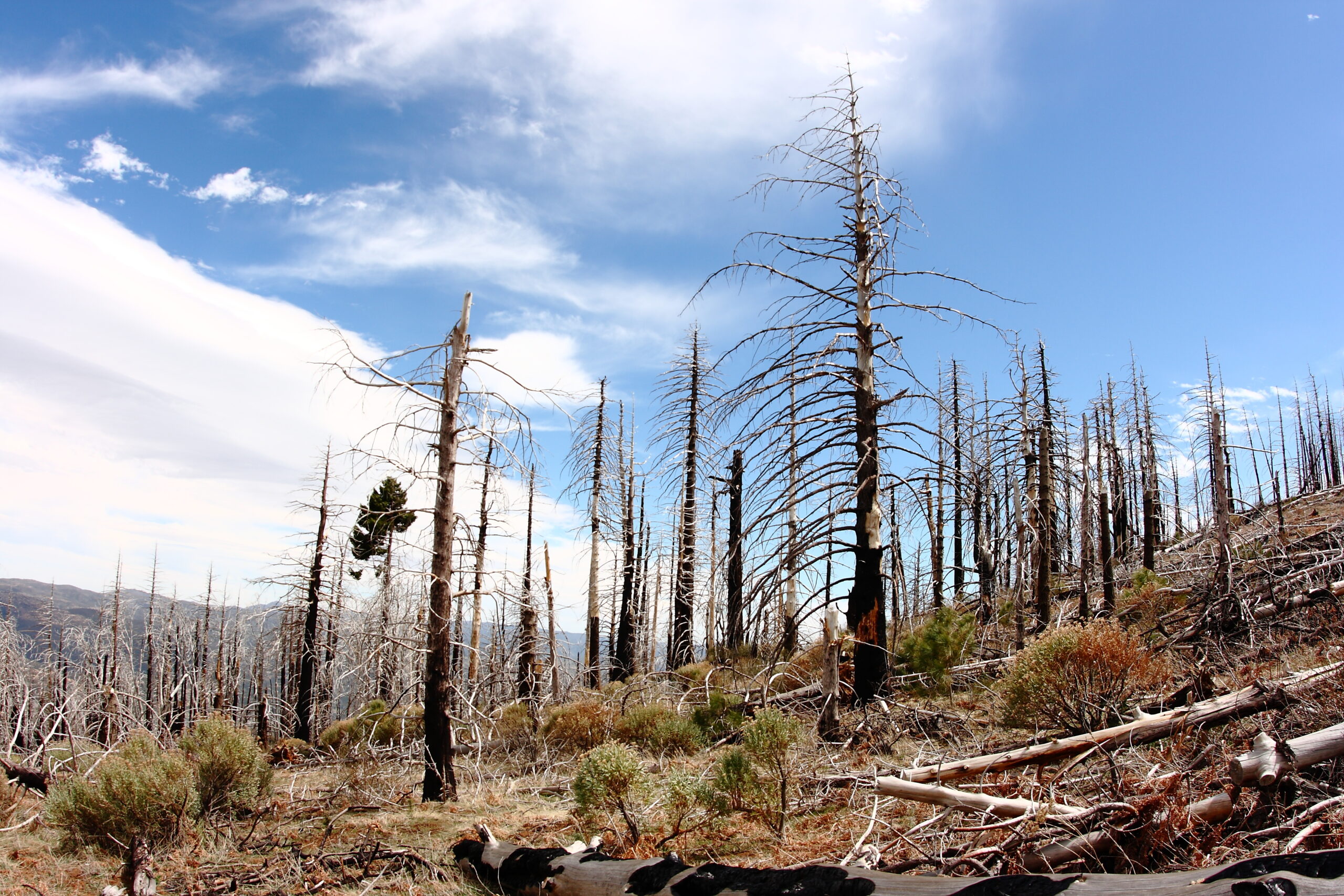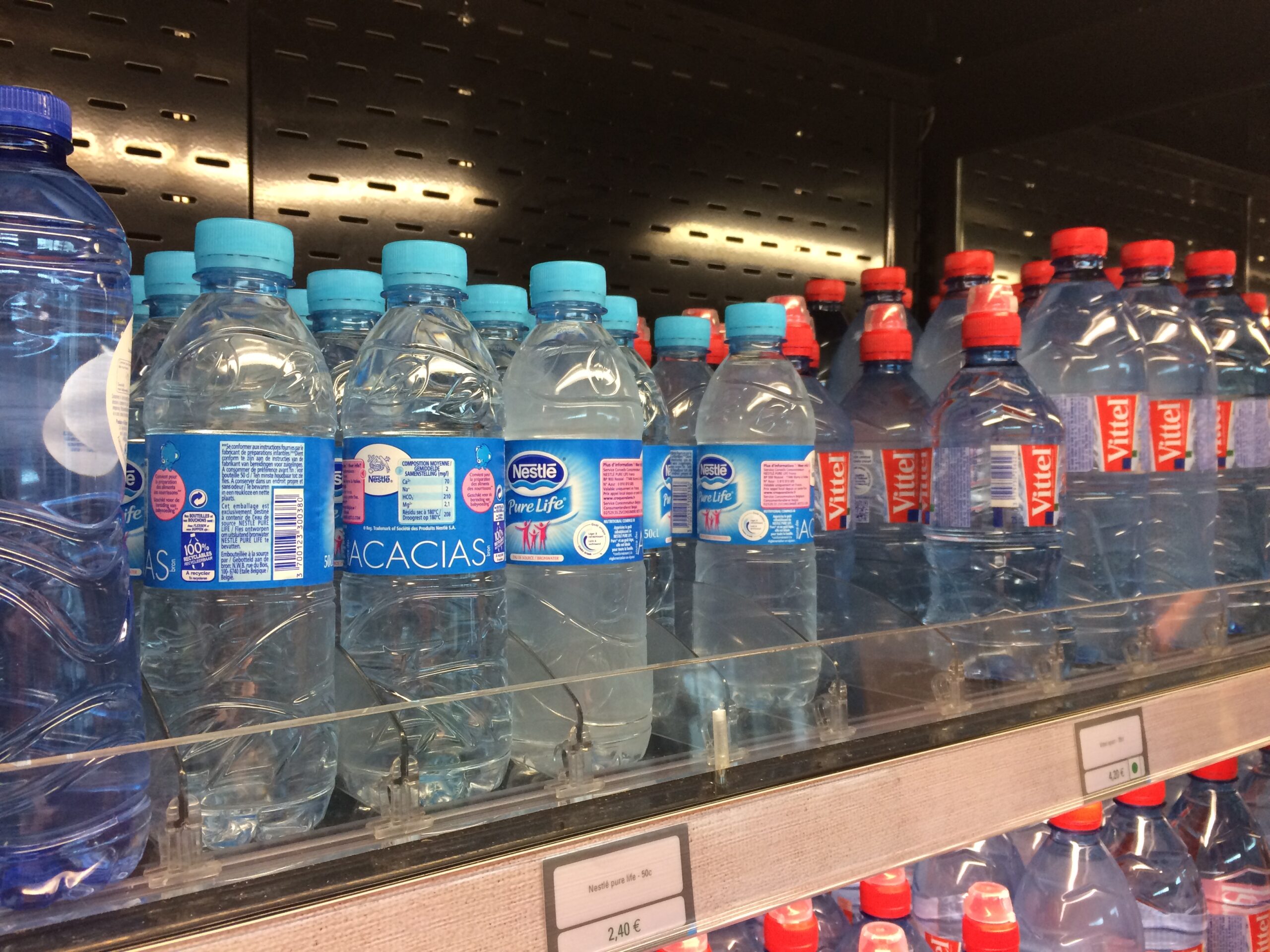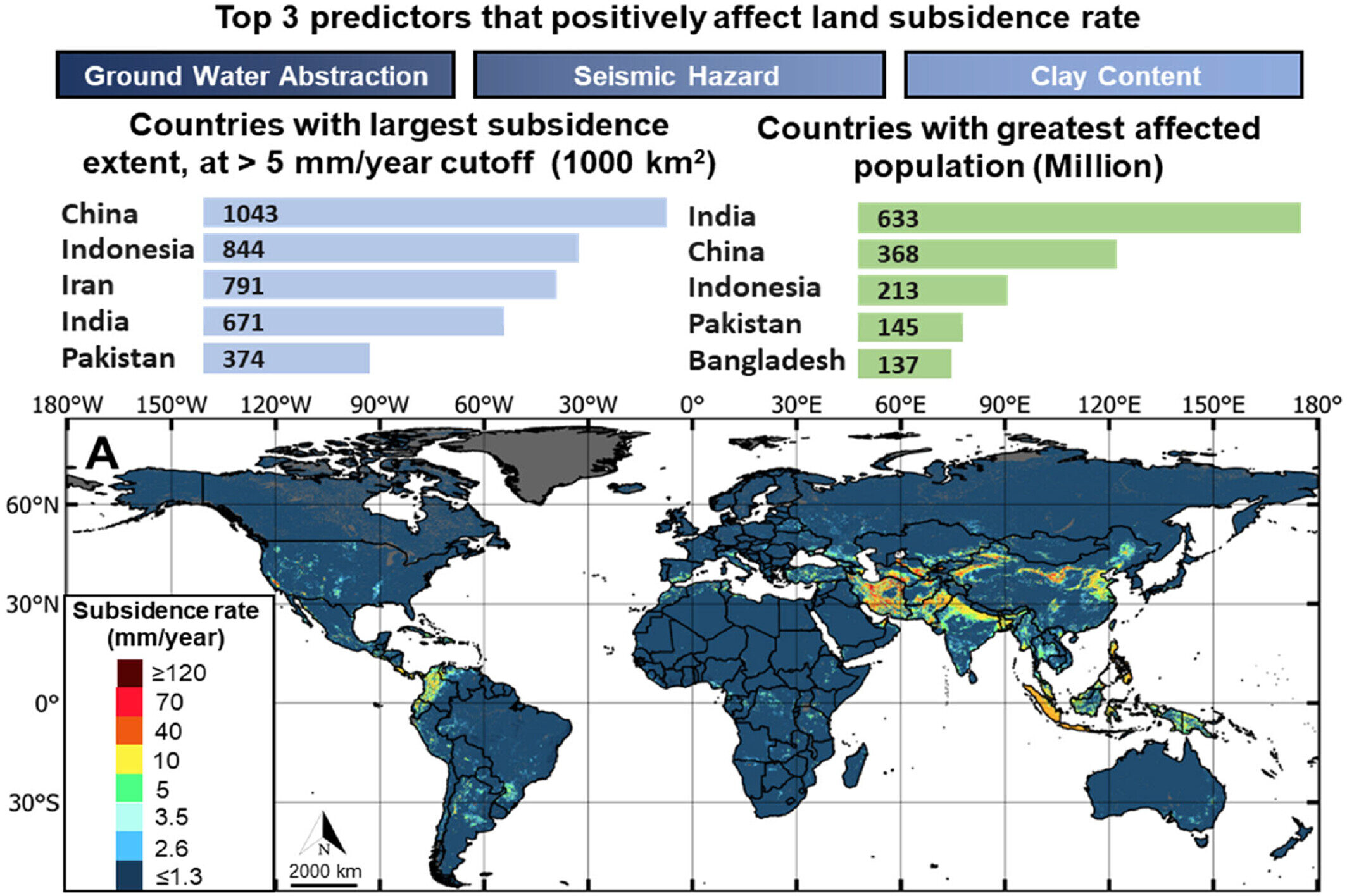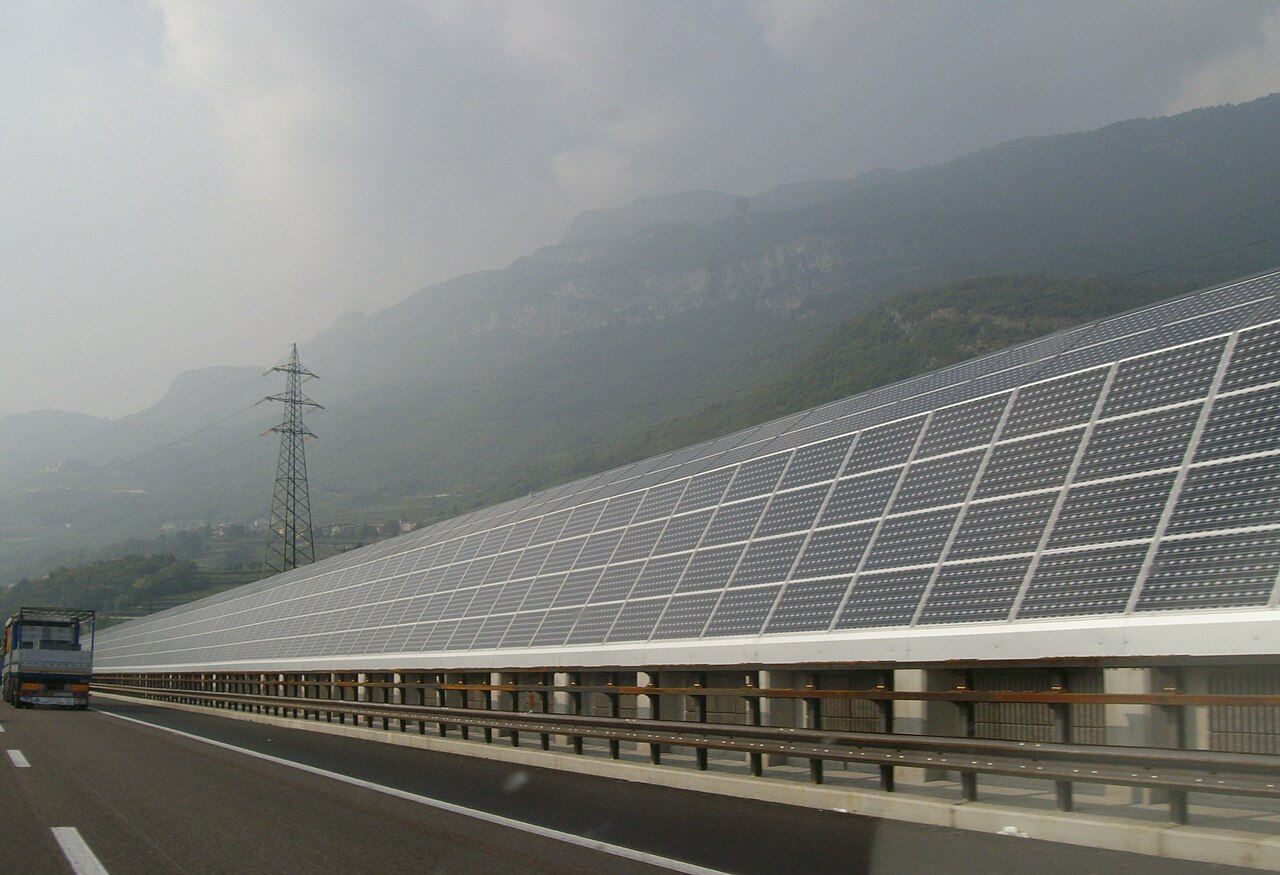
Cloudy outlook for solar power? Heat, weather and pollution cause power generation shortages. Credit: Piergiuliano Chesi
AGU News
Protecting the global scientific enterprise
AGU is gathering stories of impact to share with leaders and policy makers. We particularly want to hear from AGU members outside the United States to make the critical case that threats to the scientific enterprise are interconnected and global. [share your story] [message from AGU leaders]
U.S. Federal Administration Science Tracker
Keep up with major and minor changes to science policies from the Trump administration with a handy chart from AGU’s Eos magazine. The tracker is sortable by date and one of four categories relevant to Earth and space scientists. Every item in the tracker includes a one-sentence “what happened” explanation and a link to a story from Eos or another trusted source. [U.S. Science Policy Tracker]
AGU leadership available at the European Geophysical Union meeting
President Brandon Jones and Interim ED & CEO Janice Lachance will be on site at EGU in Vienna next week and available for interviews. Email [email protected] to connect.
Featured Research
Climate-fueled droughts trouble Africa’s Great Green Wall
The African Union launched the African Great Green Wall initiative in 2007 to hold back expansion of the Sahara into the Sahel. Knowledge of long-term weather patterns informs management of the region. An examination of rain and drought from 1950 to 2022 finds a rising drought trend which accelerated in the mid-nineties, when severe droughts hit the northern parts of the region. [JGR Biogeosciences study]
150,000 years of geomagnetism from eastern equatorial Africa
A 129-meter core of sediments from the bed of Lake Chala, a crater lake near Mt. Kilimanjaro, records changes in Earth’s magnetic field and environment over much of human prehistory. Comparable to ice cores from Greenland and Antarctica, the new core is the longest geomagnetic record from continental Africa. [Geochemistry, Geophysics, Geosystems study]
Earthworms not necessarily the bad guys of Arctic carbon story
Earthworms are burrowing into Arctic ecosystems where icesheets once eradicated them. What does the arrival of these voracious soil detritovores mean for tundra carbon reservoirs? It’s complicated, new research found. In experiments, meadows lost soil carbon while heath gained. But earthworm presence encouraged more root biomass in both vegetation types resulting in a net carbon wash for the meadow and gain for heath. [JRG Biogeosciences study]
Isolated wetlands are carbon-storing powerhouses
Non-floodplain wetlands may account for more than half the world’s wetlands and store about twice the carbon of wetlands connected to frequently flooded streams, rivers, and lake areas. [Earth’s Future study]
Compost and biochar could boost carbon sequestration by crushed rock
Crushed rock additives may also help decrease soil emissions of other greenhouse gases, such as nitrous oxide and methane.[Eos research spotlight][AGU Advances study]
Solar power shortages are on the rise
More communities are relying on solar power as a source of renewable energy, but increasing demand, light-blocking pollution and climate change threaten its reliability with “solar droughts.” [Eos research spotlight][Geophysical Research Letters study]
320 million years of polar wander
A new quantitative assessment of the wanderings of Earth’s axis of spin from the Carboniferous to today rules out previous suggestions of sudden shifts, but finds oscillations of up to 20 degrees. [Eos editors’ highlight][AGU Advances study]


